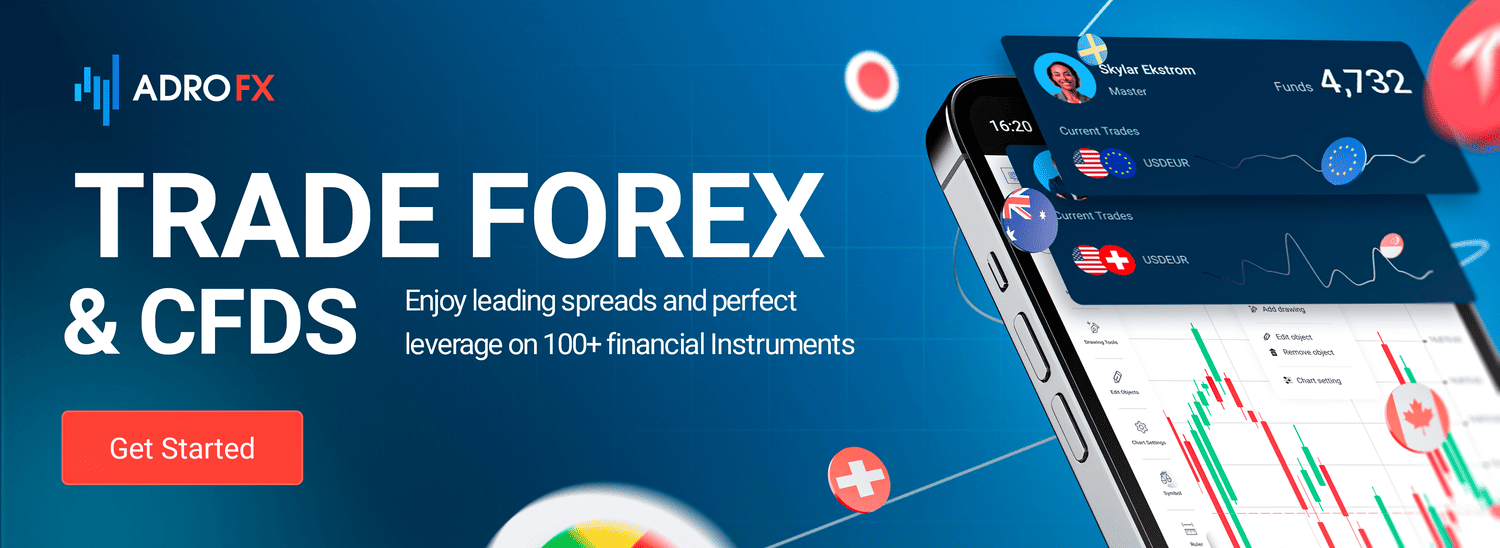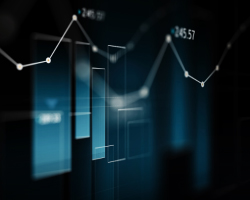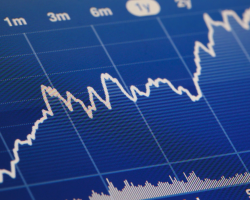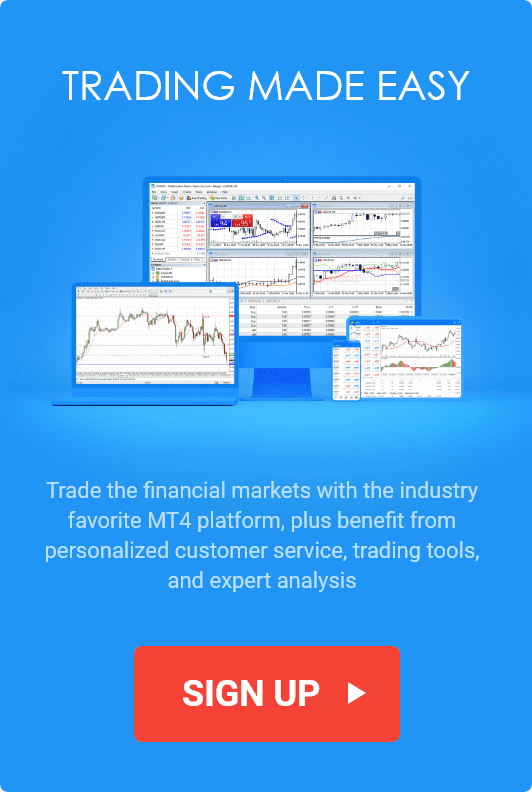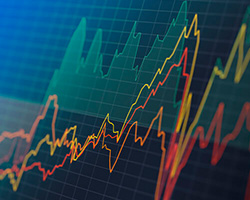Trading Performance: Key Factors That Can Make or Break Your Success

When it comes to trading, performance isn’t just about making a profit – it’s about maintaining consistency, managing risks, and continuously improving. Trading performance refers to the overall effectiveness of a trader’s actions in the market, measured by factors like returns, risk levels, and adherence to a trading plan. But did you know that over 70% of traders struggle to maintain consistent trading performance?
Understanding trading performance is essential because it highlights where a trader’s strengths and weaknesses lie. By analyzing results, traders can identify areas for improvement, fine-tune their strategies, and build the discipline necessary for long-term success. Measuring performance can involve reviewing win/loss ratios, return on investment (ROI), average holding times, and even emotional responses to market shifts. In short, evaluating trading performance offers a clear picture of where you stand and what adjustments might be needed to reach your trading goals.
Common Pitfalls That Jeopardize Trading Performance
While every trader sets out to succeed, there are common pitfalls that can quickly jeopardize trading performance. Recognizing and avoiding these mistakes is crucial for sustaining and improving results.
Overtrading is one of the most frequent trading mistakes, often driven by the desire to “make up” for previous losses or maximize profits. When traders overtrade, they open too many positions in a short period or increase their trading volume unnecessarily. This can lead to impulsive decisions, a lack of focus, and eventually, significant losses. Overtrading can quickly drain a trader’s capital, making it challenging to recover and maintain performance levels.
Another common pitfall is chasing losses – the tendency to take more risks after a losing trade in an attempt to “recover” quickly. This emotional reaction often leads to poor decision-making and can amplify losses rather than mitigate them. Chasing losses also impacts a trader’s psychology, leading to increased stress and diminishing confidence, both of which hurt performance.
Finally, neglecting risk management can be a costly error for traders. Risk management practices, such as setting Stop Loss orders and determining appropriate position sizes, are fundamental to protecting capital. Without these safeguards, traders expose themselves to unnecessary risks that can erode profits and even lead to account wipeouts. Failure to manage risk effectively often results in inconsistent performance and hinders long-term success.
By understanding these pitfalls, traders can work towards avoiding them, leading to more stable and improved trading performance.
Also read: Ignoring Risk Management: The Fastest Way to Lose Your Investment | Essential Strategies for Success
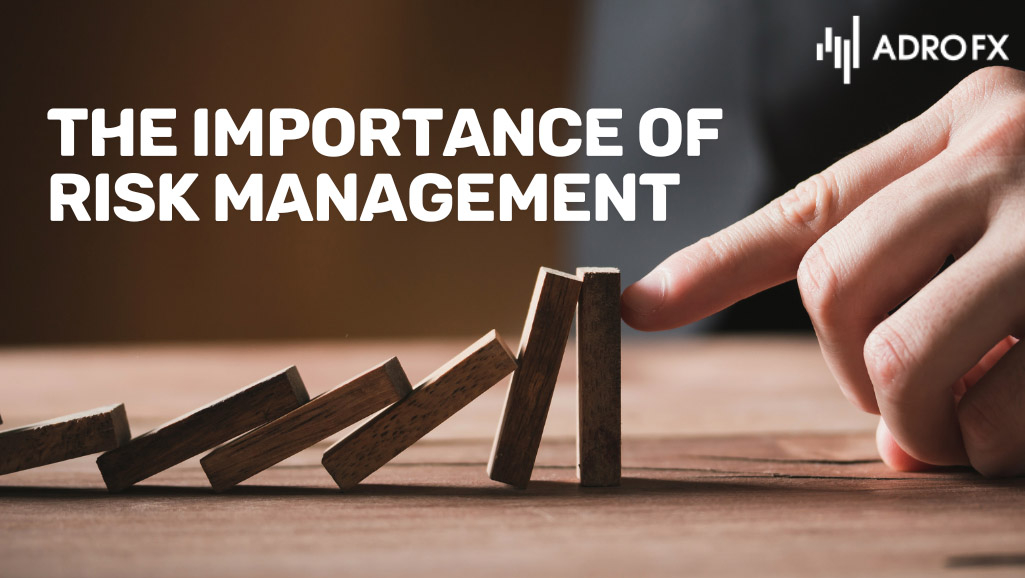
The Importance of Risk Management in Sustaining Trading Performance
Effective risk management is one of the cornerstones of sustained trading performance. No matter how skilled or experienced a trader may be, poor risk control can erode gains and expose them to excessive losses. By implementing sound risk management techniques, traders not only protect their capital but also improve their long-term performance.
One essential technique is setting Stop Loss orders. A Stop Loss order helps limit potential losses by automatically closing a trade when the price reaches a predetermined level. This minimizes the impact of adverse market moves and prevents traders from holding onto losing positions out of hope or emotion.
Position sizing is another crucial aspect of risk management. Determining the correct size for each trade relative to account size and risk tolerance ensures that no single loss can cause significant harm to a trading account. It helps maintain balance and avoids overexposure to individual trades or markets.
Lastly, understanding and controlling leverage is vital. While leverage can amplify profits, it also increases the risk of substantial losses. Traders who use leverage should understand its potential downsides and apply it conservatively. By focusing on these risk management practices, traders can avoid unnecessary setbacks, protect their portfolios, and ultimately enhance their trading performance.
Trading Discipline and Its Impact on Performance
Trading discipline is a critical component of successful trading, as it helps traders stick to their plans, make rational decisions, and avoid impulsive actions. Without discipline, even the best trading strategies can falter, as emotional decision-making often leads to poor outcomes. Cultivating discipline can transform a trader’s performance by reducing the influence of emotions like fear and greed.
One aspect of discipline is following a trading plan. A well-structured trading plan outlines entry and exit strategies, risk tolerance, and goals, helping traders stay focused and avoid impulsive trades. Sticking to this plan, even during periods of high market volatility, is crucial for maintaining a stable mindset and consistent performance.
Emotional control also plays a significant role in trading discipline. By managing reactions to both wins and losses, traders can avoid the psychological pitfalls that often lead to poor decisions, such as revenge trading or exiting a trade prematurely. Developing a stable mindset and exercising patience are essential for maintaining trading discipline, and they contribute to improved trading performance over time.
In short, disciplined traders are more likely to achieve consistent results and reach their trading goals, as they base their decisions on strategy rather than emotion.
Also read: The Risks and Consequences of Trading Forex Without a Strategy: Why a Plan is Essential for Success

How Market Knowledge and Analysis Enhance Trading Performance
A solid understanding of the market and thorough analysis techniques are key factors in improving trading performance. By analyzing market trends and staying informed about relevant news and economic events, traders can make better-informed decisions and identify profitable opportunities more effectively.
One approach is technical analysis, which involves studying price charts, identifying patterns, and using indicators to predict potential price movements. Tools like moving averages, relative strength index (RSI), and candlestick patterns provide insights into market momentum and potential reversals, helping traders make timely entries and exits.
In addition to technical analysis, fundamental analysis is essential for understanding the underlying factors that drive market movements. By staying updated on economic reports and market news, traders can anticipate significant shifts that may impact their positions.
With a well-rounded approach that combines technical and fundamental analysis, traders gain a comprehensive view of the market. This knowledge empowers them to make more informed decisions, capitalize on opportunities, and enhance their overall trading performance.
The Role of Continuous Learning and Adaptation in Trading Success
In the fast-paced world of trading, one of the most critical factors for success is a commitment to continuous learning and adaptation. The financial markets are constantly evolving, influenced by new economic policies, technological advancements, and shifts in investor sentiment. Traders who stay informed and adapt to these changes are more likely to succeed than those who rely solely on outdated strategies.
Successful traders often dedicate time to studying market trends and understanding the economic forces driving price movements. This could involve tracking global economic reports, learning about new trading instruments, or analyzing emerging sectors. Staying informed about market developments helps traders anticipate potential shifts and make proactive adjustments to their strategies.
Another valuable strategy for ongoing education is attending webinars, seminars, and workshops led by experienced traders and market analysts. These events offer insights into advanced trading techniques, innovative strategies, and common pitfalls to avoid. Moreover, many trading platforms offer courses that help traders improve their skills and stay updated on industry trends.
Learning from past mistakes is also essential for growth. By reviewing and analyzing failed trades, traders can identify weaknesses in their strategy and make necessary adjustments. This approach not only strengthens trading performance but also cultivates resilience and adaptability, essential traits for long-term success.
In summary, traders who embrace continuous learning and adapt to market changes can significantly improve their trading performance. The more they invest in education and self-improvement, the more they position themselves for lasting success.
Also read: The Risks and Consequences of Trading Forex Without a Strategy: Why a Plan is Essential for Success
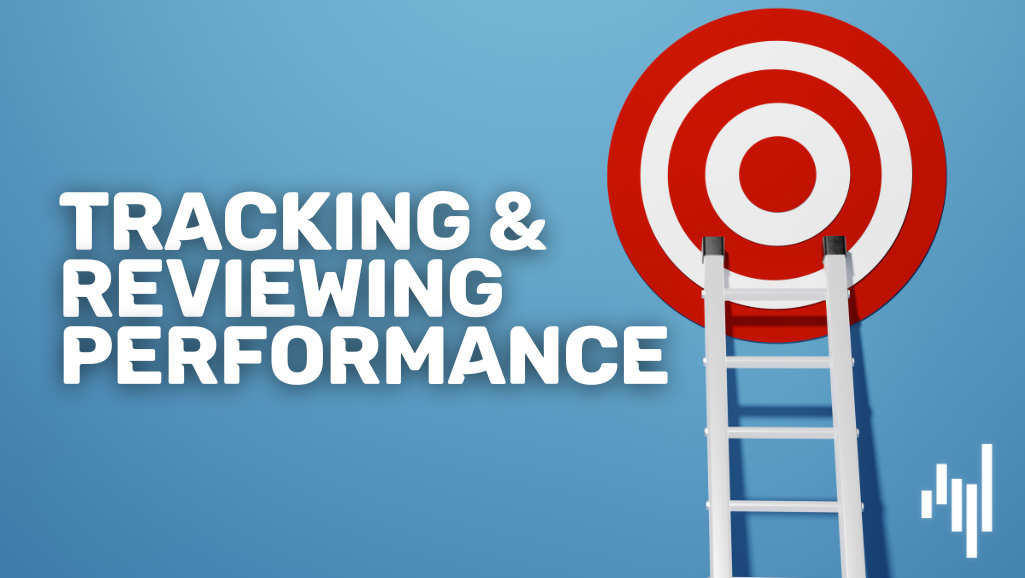
Tracking and Reviewing Performance: A Strategy for Long-Term Success
One of the most effective ways to achieve sustainable trading success is by tracking and reviewing trading performance. Consistent performance tracking enables traders to assess their strategies, set achievable goals, and make data-driven improvements to their trading approach. Reviewing past trades and analyzing results is an invaluable practice for refining techniques and enhancing long-term outcomes.
An essential aspect of tracking performance is maintaining a trading journal. In a trading journal, traders record the details of each trade, including entry and exit points, the rationale behind each decision, and the outcome of the trade. By reviewing this data, traders can identify patterns, such as recurring mistakes or missed opportunities, and work on reducing these issues over time.
Setting performance benchmarks is another powerful tool for tracking progress. By establishing specific goals, such as achieving a certain percentage of returns or maintaining a consistent win-loss ratio, traders have clear metrics for evaluating their success. Benchmarks act as a roadmap, guiding traders toward continuous improvement and keeping them focused on long-term growth.
Regular performance reviews allow traders to make strategic adjustments based on their analysis. For example, if a trader notices that certain trading strategies consistently underperform, they can adapt or abandon these methods in favor of more successful approaches. This process of continual refinement enables traders to stay flexible and responsive to changing market conditions.
In short, tracking and reviewing performance is not only a tool for immediate improvement but a pathway to sustainable trading success. Traders who routinely analyze their trades and learn from their results are more likely to achieve consistent profitability.
Tools and Resources to Improve Your Trading Performance
Leveraging the right tools and resources can make a significant difference in a trader’s ability to make informed decisions and improve performance. In today’s digital landscape, traders have access to a wealth of resources that can streamline their processes, enhance their strategies, and increase their chances of success.
A critical tool for any trader is a reliable trading platform. A good platform provides access to various assets, low latency for quick trade execution, and a user-friendly interface for smooth navigation. Many platforms also offer real-time market data, technical indicators, and charting tools, empowering traders to make informed choices quickly and effectively.
Charting software is another valuable resource for traders who rely on technical analysis. Advanced charting software provides various indicators and drawing tools, enabling traders to analyze trends, track price movements, and make projections based on past behavior. Popular options include TradingView, MetaTrader, and Allpips, which offer a wide range of customizable charts and data visualization tools.
Financial news sources are equally important for traders who integrate fundamental analysis into their strategies. Staying updated on economic events, corporate earnings reports, and geopolitical developments allows traders to anticipate market movements and adjust their positions accordingly. Reputable news outlets like Bloomberg, Reuters, and Financial Times offer comprehensive market coverage, while specialized platforms like ForexFactory focus specifically on economic indicators.
By using these tools and resources, traders can enhance their decision-making process, stay updated on market trends, and ultimately improve their trading performance. Investing in the right tools is an investment in long-term success.
Also read: Top Tools and Resources Every Forex Trader Needs for Success
Conclusion
Improving trading performance requires a multi-faceted approach, encompassing everything from effective risk management and discipline to continuous learning and the use of reliable tools. By addressing common pitfalls, implementing strong risk management practices, and maintaining trading discipline, traders can avoid mistakes that jeopardize their performance. Moreover, a commitment to learning and adaptation ensures traders remain responsive to market changes, while regular performance tracking and the use of robust trading tools provide additional support for sustained success.
Those looking to take their trading to the next level should consider trying out the resources available at AdroFx. Whether it’s a demo account to practice new strategies or access to educational content, AdroFx offers valuable tools to help traders refine their approach and enhance their trading performance. Embark on a journey of continuous improvement and start building a strong foundation for long-term trading success.
About AdroFx
Established in 2018, AdroFx is known for its high technology and its ability to deliver high-quality brokerage services in more than 200 countries around the world. AdroFx makes every effort to keep its customers satisfied and to meet all the trading needs of any trader. With the five types of trading accounts, we have all it takes to fit any traders` needs and styles. The company provides access to 115+ trading instruments, including currencies, metals, stocks, and cryptocurrencies, which make it possible to make the most out of trading on the financial markets. Considering all the above, AdroFx is the perfect variant for anyone who doesn't settle for less than the best.
